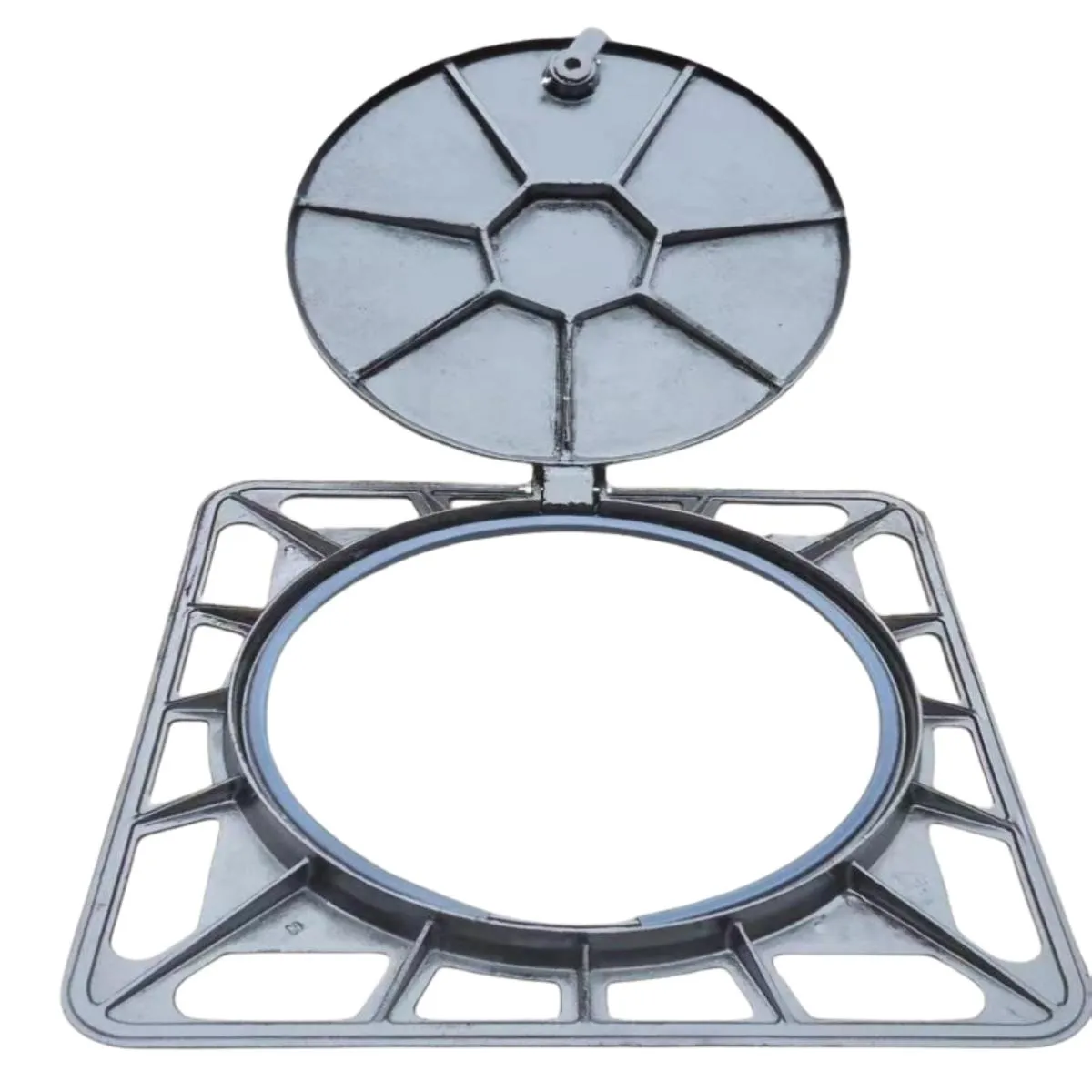Benefits of Automated Bollards for Enhanced Security and Traffic Control
The Importance of Motorised Bollards in Modern Urban Design
In the evolving landscape of urban infrastructure, motorised bollards have emerged as a vital element in enhancing security, traffic management, and aesthetic appeal. These retractable barriers offer an innovative solution to the challenges faced by cities today, balancing the need for accessibility with the imperative of safety.
Motorised bollards serve multiple purposes. Firstly, they provide security to sensitive areas, such as government buildings, financial institutions, and public events. By deploying these automatic barriers, city planners can prevent unauthorized vehicle access, significantly reducing the risk of potential threats. For example, during high-profile events, motorised bollards can be deployed around the perimeter, ensuring a secure environment for attendees.
Moreover, the versatility of motorised bollards allows them to adapt to various scenarios. In everyday use, they can manage traffic flow in busy pedestrian zones, effectively creating a safer environment for pedestrians while still accommodating vehicles when necessary. This flexibility is particularly beneficial in urban centers where space is limited. Motorised bollards can be seamlessly integrated into existing road infrastructures, allowing for the dynamic adjustment of access based on real-time needs.
motorised bollards

Aesthetic considerations also play a crucial role in the design and implementation of motorised bollards. With advancements in technology, modern bollards can be tailored to complement the architectural style of their surroundings. Cities are not just functional spaces; they are also cultural landmarks. The integration of stylish, well-designed bollards can enhance the overall appeal of public spaces, contributing to a city’s identity while promoting safety and order.
Furthermore, the technological integration of motorised bollards provides additional benefits, such as remote control operation and smart city connectivity. With the rise of smart city initiatives, these bollards can be connected to citywide systems, allowing for automated responses to traffic conditions or public safety alerts. This capability ensures that urban areas can respond quickly to emergencies, further enhancing the safety of residents and visitors alike.
In conclusion, motorised bollards represent a significant advancement in urban design, offering a multifaceted approach to security and traffic management. Their capacity to enhance safety without compromising aesthetic appeal makes them an invaluable asset in modern city planning. As urban areas continue to grow and evolve, the importance of integrating such technologies will only become more pronounced, driving forward the vision of safer and more accessible cities.
-
The Smarter Choice for Pedestrian AreasNewsJun.30,2025
-
The Gold Standard in Round Drain CoversNewsJun.30,2025
-
The Gold Standard in Manhole Cover SystemsNewsJun.30,2025
-
Superior Drainage Solutions with Premium Gully GratesNewsJun.30,2025
-
Superior Drainage Solutions for Global InfrastructureNewsJun.30,2025
-
Square Manhole Solutions for Modern InfrastructureNewsJun.30,2025
-
Premium Manhole Covers for Modern InfrastructureNewsJun.30,2025
